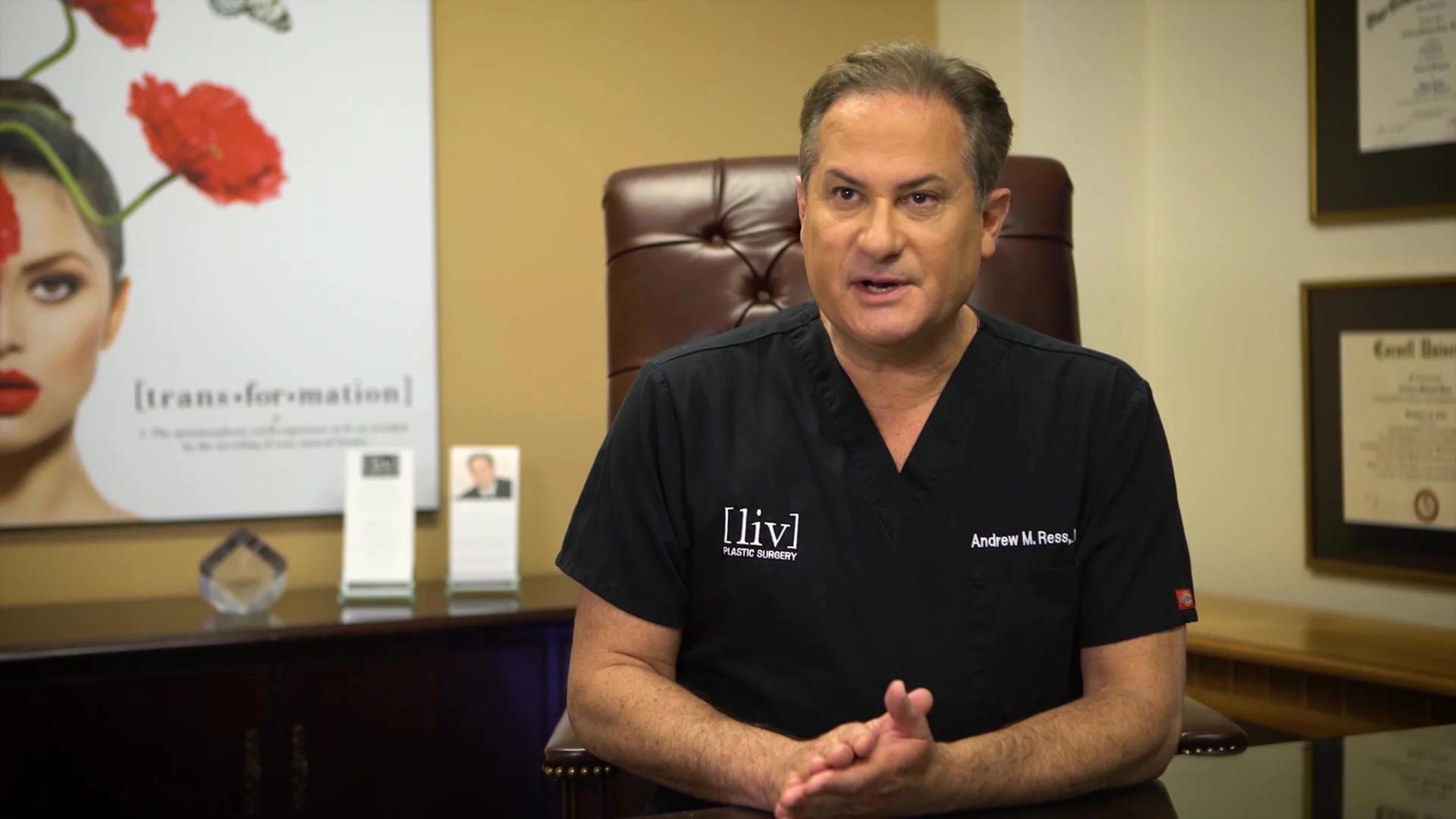News
Article
Skin Cancer Treatment Landscape Is Evolving With AI
Author(s):
Andrew Ress, MD, discusses the novel integration of artificial intelligence (AI) into the skin cancer treatment landscape.
Dr. Andrew Ress, MD | image credit: livplasticsurgery.com

One of the novel innovations in skin cancer detection and treatment has come with the emergence and utilization of artificial intelligence (AI). The [liv] AI SkinScreen is a new monitoring technology that has been designed to reduce unnecessary biopsies, keep records of changes in lesions or moles, as well as alert clinicians to skin abnormalities at a faster rate.
To detail the current and anticipated impact of the [liv] AI SkinScreen for patients with skin cancer, Andrew Ress, MD, joined The American Journal of Managed Care® (AJMC®) for an interview to discuss this new technology.
This interview has been lightly edited for clarity and length.
AJMC: Can you provide brief overview about the mechanisms at work in the AI skin screen and how it's being utilized in the diagnosis and treatment of skin cancer?
Ress: The AI that we're using in skin cancer screening is simple photography. So we're taking photographs with patients in a standardized fashion with good lighting with an iPad. The pictures are user-imported automatically into our software, which then is able to compare the views from 3 months before, for example, or 6 months of the same anatomic area, and see if any skin lesions are identified, and then if they've changed. That's really the biggest thing that will indicate the possible malignancy, if there's a change in appearance. The big advance is that this is getting rid of the manual effort of having to individually map lesions one at a time. Traditionally, total body photography has been a labor-intensive exercise because each lesion had to be manually marked, and then you'd have to compare the next set of photos. The AI takes care of all that.
AJMC: Are there any specific challenges in skin cancer detection that the AI is aiming to address?
Ress: The AI so far has shown to be a definite improvement in reducing the number of unnecessary biopsies from a ratio of 15 biopsies to 1 discovered malignant lesion, to now 5 to 1. It still requires human interaction and then human diagnostic skill, but the idea is that it is a tool to help you be more accurate. Ultimately, in the current research is looking at how the process can be totally automated where the models will detect skin cancers at a very early stage and be able to diagnose them, whether by looking at the lesion in photography, or doing dermoscopy and having the machine read the dermatoscopic image.
AJMC: And to this point, with the technology, can you discuss any of the potential limitations or challenges that have happened trying to integrate this into skin cancer care? And how researchers are navigating that as well?
Ress: The biggest challenge in getting this into clinical practice in the past is the time it would take to take the photographs, upload them and start analyzing it that that time has been reduced from hours to really 10 minutes per patient, where as long as you have helper who's been trained in how to take the photographs properly with the right lighting. So it's really saved the time. Now that we're accumulating the data, we're able to work on our models and get those to become more accurate, and they're becoming more accurate every day.
AJMC: How do you see AI evolving in the future when it comes to assisting dermatologists in the diagnosis and treatment of skin cancers?
Ress: I think it's important to remember that it's not only dermatologists that are able to diagnose skin cancers. You have a number of interactions that a patient has in their health care journey, whether it be primary care—who are fully qualified to diagnose skin cancers—or plastic surgeons, like myself. Each interaction has the opportunity to diagnose and cure and catch disease in early stage. So, the real beauty of this is that it's a minimal footprint in the office, it's easy to do, a lot of the busy work is done automatically. It can pinpoint very, very small changes very accurately, and help guide the physician to be able to look at individual lesions and not worry about covering whole pool-wide area like we've had to before. Remember, the machine's memory is perfect, as opposed to having patients come back to look at a lesion that you said needs to be monitored. How are you going to monitor? Well, we're going to take a picture of it or describe it. This does that job for you.





